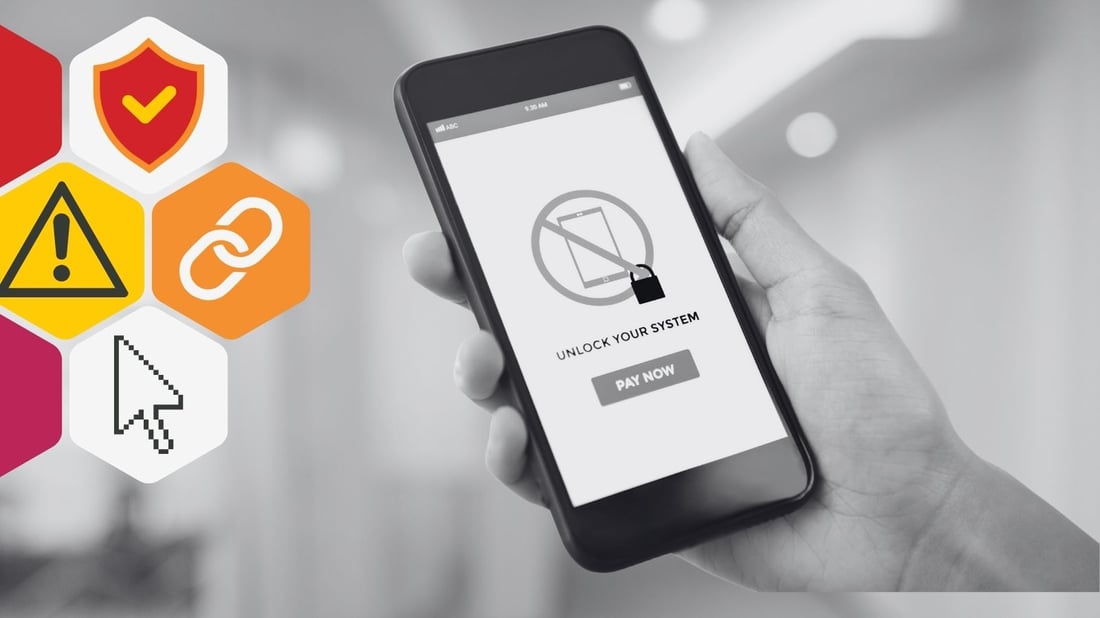Unlocking Change: Engaging Ways to Boost Security Awareness
While firewalls, passwords, and antivirus software stand as stalwart defenders, there's one crucial element often overlooked in the defense arsenal:...
It might be easy to think of culture—the way we do things around here—as a vibe. But what is a vibe, really? It's a feeling, an impression, a sense of energy or mood. And vibes alone don’t change behavior. Vibes don’t drive action, support decision-making under pressure, or help people navigate risk. Most importantly, vibes can’t be measured.
Still, in many organizations, security culture ends up reduced to surface-level signals—a vague notion of "cyber mindfulness," maybe a catchy slogan or two, or a phishing simulation wrapped in corporate wallpaper. These well-meaning efforts often miss the mark. We risk confusing performance theatre for real progress. And in doing so, we overlook one of our greatest assets.
Culture is not decoration. It is not flavor. It has a structure, and in that thinking security culture is part of your risk infrastructure. And in human factored cybersecurity, it is the substrate through which every behavior, belief, and decision flows.
Culture is not just how things get done around here. It’s also why things get done—or not. You can think of it like the hidden architecture of assumptions, rituals, hierarchies, power dynamics, incentives, punishments, and shared beliefs that dictate how people interact with risk, with each other, and with systems.
As we discussed in our last blog, human risk is not a simple problem of awareness or knowledge gaps. It's a product of complexity—emerging from a web of influences, contexts, and organizational systems. Security behavior doesn't emerge from knowledge alone. (If only it were that easy!) It emerges from cues. From norms. From what’s tolerated, what’s rewarded, what’s expected. In a large or distributed organization, these influences multiply. You must consider not only the surface-level processes, but also the hidden forces at play—layers of cultural variance, cross-functional dynamics, local practices, and legacy systems. This is the biggest risk in business today: assuming human behavior can be fixed without addressing the systems that shape it.
If employees click suspicious links, ignore alerts, skip over steps in a secure workflow, or fail to report incidents, it isn’t because they don’t care. It’s because the context they’re in doesn’t encourage caution, reporting, or diligence.
Consider this:
82% of breaches involve the human element (Verizon DBIR, 2024).
Organizations with strong cultures of safety and reporting see up to 70% faster response times (source: NIST, Safety Culture Models).
Misalignment between stated values and actual behaviors is one of the leading predictors of noncompliance (CIPD, 2023).
So when your team rolls out new security controls, but uptake is low? That’s not a training issue. That’s a culture signal.

The mistake many CISOs and security leaders make is thinking culture is intangible or impossible to influence.
That’s simply not true. Culture has structure. It can be mapped. It can be diagnosed.
At Cybermaniacs, we’ve built a culture model rooted in organizational anthropology and safety science. We look at:
Dimensions: like responsiveness, transparency, risk ownership, respect
Risk Attributes: such as friction, fatigue, clash zones
Warning Signs: disengagement, workaround behavior, non-reporting, resistance
These signals, once made visible, give security leaders a powerful new lens on the system that surrounds behavior. You can see the gaps between stated policy and lived reality. You can identify where risk communication is failing. You can detect team dynamics that suppress secure behavior.
Let’s be clear: you cannot simulate culture with phishing tools, or download it through LMS modules.
Culture work is strategic. It’s hands-on. It requires diagnostic insight, design thinking, and change tools.
We help organizations:
Map the current culture landscape
Overlay company values and risk goals
Diagnose high-risk friction zones
Design interventions that reflect both local realities and strategic objectives
This isn’t about feel-good posters or borrowed slogans. This is the hard and high-leverage work of creating security culture systems that adapt, embed, and grow over time.
![]()
What happens when you don’t align your security strategy to your actual culture?
Failed initiatives.
Shadow IT.
Burnout.
Disengagement.
Policy fatigue.
Reputational risk.
But when you do align? Change becomes easier. Faster. More effective. People are happier, and adoption sticks. Culture systems are the hidden engine behind every resilient organization.
So, the next time someone says, "We need to improve our security culture," ask:
Do we actually know what our culture is?
Do we have a model, a map, and a method?
Are we fixing symptoms or re-architecting the system?
Because security culture isn’t a vibe. It’s a system. And it’s time we started treating it like one.

While firewalls, passwords, and antivirus software stand as stalwart defenders, there's one crucial element often overlooked in the defense arsenal:...
4 min read

In recent years, ransomware and cyber attacks have escalated in both frequency and magnitude, sending shockwaves through the business world.
6 min read
-1.png?width=1100&height=619&name=The%20Current%20Landscape%20of%20Cyber%20Risk%20Management%20(1)-1.png)
“Culture” might be the most misunderstood word in cyber security.
14 min read
Subscribe to our newsletters for the latest news and insights.
Stay updated with best practices to enhance your workforce.
Get the latest on strategic risk for Executives and Managers.
